50 F. high temperature Saturday in the Twin Cities.
46 F. average high on November 7.
48 F. high on November 7, 2014.
November 8, 1999:
A November 'heat wave' impacts much of the state. Temperatures in the
70's and 80's are recorded in Minnesota with records shattered in many
places. The Twin Cities had 73 degrees, while Canby saw 82.
November 8, 1943:
A severe ice storm hits the Twin Cities, and heavy snow falls over
southwest Minnesota. One person died in St. Paul as a trolley car slid
off the tracks and hit a pole. A Minneapolis man died shoveling snow.
Many telephone poles were down due to the ice. Places like Worthington,
Windom, and Marshall saw 14 to 16 inches of snow.
November 8, 1870: The first storm warning for the Great Lakes is issued by the U.S. Army.
Going Soft? A Supernaturally Quiet November"There's
no such thing as bad weather, just soft people" said Bill Bowerman. Is
technology making us soft? The pioneers who trudged around Fort Snelling
in the 1830s would marvel at thermostats, Doppler radar and heated car
seats.
They didn't have the option of flying to Scottsdale or
Naples; they hunkered down and weathered whatever Mother Nature threw at
them: wildfires, blizzards & floods, with no way of knowing what
was coming, in advance.
We've done a masterful job insulating our
lives from the vagaries of the weather. Most days we know what's coming,
but we can still be surprised. I hope that never changes.
When
the weather is this nice, for this long, my nervous tick acts up. What
can go wrong - when will the other shoe drop? ECMWF guidance keeps us
mild into the third week of November: near 60F today - upper 50s again
next weekend - a cold rain
Wednesday as a storm approaches from Denver.
NOAA's GFS model brings a much stronger punch of cold air southward Thanksgiving week, but moisture will be limited.
Are you dreaming of a beige Turkey Day? You may just be in luck.
Maps Looking (a little) More November-Like. The Twin Cities National Weather Service has more perspective on the potential for a soaker Wednesday into early Thursday: "
A
significant storm system pushing through midweek will be capable of
bringing heavy rainfall and strong winds to the Upper Mississippi
Valley. Severe weather is also likely to the south. Systems that become
this strong and take a similar track usually bring heavy snow to this
area, but the atmosphere with this one appears too warm to support much
snow. However, things can change and this system will need to be watched
closely."
Breezy Today - Strong Winds Thursday.
Models are in fairly good alignment showing 15-20 mph sustained winds
at MSP today. As a storm tracks nearby early Thursday winds are forecast
to peak at 25-35 mph, with higher gusts. Source: Aeris Enterprise.
Welcome Rains by Midweek.
All the models (including ECMWF) bring a healthy dose of rain into the
state Wednesday into Thursday morning, with some 1 to 1.5" rainfall
amounts possible with this next system. With luck we'll see a couple of
good soakings to recharge soil moisture before the ground freezes solid
by late November.
10-Day Accumulated Precipitation.
GFS guidance from NOAA shows the plume of moderate rain pushing from
Iowa into Minnesota and Wisconsin Wednesday and Thursday; an area of
disturbed weather in the Gulf of Mexico, and more soaking, flooding
rains for the Pacific Northwest. Loop: AerisWeather.
Thanksgiving Week: Colder & Stormier?
I am suspect of (all) long range guidance, because I've seen some
pretty amazing flip-flops in recent days, alternating between cold and
mild solutions looking out 2 weeks. Buyer beware. But Saturday's
long-range 500 mb outlook, valid Saturday evening, November 21, carves
out a broad, cold trough of low pressure over the central USA, with
temperatures (finally) cold enough for snow. But will there be any
moisture? Stay tuned. Source: GrADS:COLA/IGES.
CASA's Radars Provide a New Set of Eyes on DFW's Severe Storms.
The Star-Telegram
takes a look at a new generation of radar systems that have less range,
but faster refreshes and more power resolving rotating storms in the
lowest levels of the atmosphere; here's an excerpt that caught my eye:
"...
The CASA radars aren’t as powerful as the NEXRAD
(next generation) radars that the weather service uses to see as far
out as 150 miles. Instead, the CASA radars have a 25-mile radius and
look into the lower levels of the storm, below 32,000 feet, where much
of the damaging parts of the storm take place. CASA’s network can
refresh the image every 30 to 60 seconds versus up to 5 minutes for
NEXRAD radars. “The majority of damage happens in the lower portion of
the storm,” said Juan Ortiz, Fort Worth’s emergency management
coordinator..."
Read more here: http://www.star-telegram.com/news/local/community/fort-worth/article43611264.html#storylink=cpy
El Nino Hits Dinner Table as Food Costs Soar Most in 3 Years.
Bloomberg Business connects the dots; here's a clip from a recent article: "
The
effects of El Nino are starting to reach the dinner table, with global
food prices rising the most in three years on supply concerns for
everything from New Zealand milk to sugar in Brazil and Southeast Asian
palm oil. An index of 73 food prices increased 3.9 percent, the biggest
jump since July 2012, to 162 in October, the United Nations Food &
Agriculture Organization wrote in a report Thursday. The return of the
El Nino weather phenomenon is changing weather conditions around the
world, damaging crops with too much rain in some areas and not enough in
others..."
Image credit here.
Warming is Increasing Wildfire Risks in California.
Climate Central
has the update; here's an excerpt: "...California’s fire seasons are
also influenced by winds, rain and snowfall and temperatures — weather
phenomena that are being affected by global warming. By some metrics,
California’s 2014 wildfire season was the most dangerous on record. By
others, it was among the worst — it ranked sixth for acres burned, for
example. The fires were fueled by drought, which left trees and plant
matter tinder-dry. Drought, floods and varying temperatures occur
naturally in California, where the weather is heavily influenced by
Pacific Ocean cycles
, but
previous research has concluded that global warming has been exacerbating its drought..."
Graphic credit above: "
The
red line shows extreme fire risks rising inside a computer model as the
climate changes. The blue line depicts a world in which humans have no
effect on the climate. The black line indicates worsening drought." Credit: BAMS.
Half of Weather Disasters Linked to Climate Change. Researchers examined extreme weather events in 2014; here's an excerpt from
National Geographic: "
From
a deadly snowstorm in Nepal to a heat wave in Argentina that crashed
power supplies, at least 14 extreme weather events last year bore the
fingerprints of human-induced climate change, an international team of
scientists reported Thursday.
Researchers examined 28 weather extremes on all seven continents to see
if they were influenced by climate change or were just normal weather.
Their conclusion: Half of them showed some role of climate change..."
Photo credit above: "Climate
change plus local land use worsened prairie flooding in parts of
Canada, according to a new scientific report. In this July, 2014 photo,
the swollen Assiniboine River covers farmland in Manitoba, Canada." Photograph by Tim Smith, The Canadian Press, AP.
Storm Chaser Posts Video of a Category Five Hurricane Destroying His Hotel.
Imagine living through an EF-4 tornado, only this one goes on for a few
hours. That's the rough equivalent of what it was like with Category 5
Hurricane Patricia coming ashore over western Mexico.
BGR.com has the story and a link to some of the most amazing hurricane video I've ever seen (anywhere); here's an excerpt: "
Ever
wondered what it’s like to sit inside a hotel as it’s being destroyed
by a category five hurricane? The storm-chasing team at iCyclone recently
went through this so you hopefully never have to and it’s even posted a
video of the experience for you to watch from the safety of your
computer or smartphone. The team was following Hurricane Patricia as it
slammed right into the town of Emiliano Zapata in southern Mexico. They
decided to hunker down in a local hotel just before the storm’s winds
really started to pick up in the late afternoon at around 4:30 p.m..."
Image credit above:
iCyclone / YouTube
Oil Slump Forces Deep Cuts by Service Providers.
The Wall Street Journal reports; here's an excerpt: "...
Such
moves come amid upheaval in the oil-field services industry, which
finds itself competing for a shrinking number of oil projects with crude
now trading at less than $50 a barrel, half its price from the summer
of 2014. There have been tens of thousands of layoffs this year and huge
mergers, such as the $35 billion tie-up of American behemoths Halliburton Co. and Baker Hughes Inc..."
Image credit above: "
A
Halliburton worker at a fracking site in Colorado. Halliburton, whose
tie-up with Baker Hughes could be completed in December, had a loss in
its latest quarter." Photo: Jamie Schwaberow/Bloomberg News.
How Realistic is "The Walking Dead"? Ranking Pop Culture's Worst Zombie Outbreaks. Here's an excerpt from Quartz: "...The
upshot is that there’s no need to fear an undead apocalypse—at least
not of the nature most commonly presented in popular culture. That said,
these infection scenarios should at the very least get people thinking
about the importance of preparing a “bug out” bag and stocking up on supplies of food and water for natural disasters. And one last thing: get your flu shot while you’re at it."
 TODAY
TODAY: Sunny and pleasant, a stiff breeze. Winds: S 15-25. High: 59
SUNDAY NIGHT: Mostly clear skies. Low: 41
MONDAY: Blue sky, feels like early October. High: near 60
TUESDAY: Plenty of sun, still quiet. Wake-up: 43. High: 58
WEDNESDAY: Rain arrives PM hours. Wake-up: 48. High: 55
THURSDAY: Wet start, then slow clearing - windy. Wake-up: 43. High: 48
FRIDAY: Partly sunny, seasonable again. Winds: NW 10-20. Wake-up: 33. High: 47
SATURDAY: Sunny, turning milder. Winds: W 10-15. Wake-up: 33. High: 52
* Photo credit above: Mike Hall.
Climate Stories...
20 Million Americans Threatened by Rising Seas? Maybe
I'm interpreting this paper wrong, but the authors look at the
implications of rising seas and the percentage of Americans impacted by
the end of the 21st century. Here's an excerpt of the abstract at
PNAS: "...
Analysis
based on previously published relationships linking emissions to
warming and warming to rise indicates that unabated carbon emissions up
to the year 2100 would commit an eventual global sea-level rise of
4.3–9.9 m. Based on detailed topographic and population data, local high
tide lines, and regional long-term sea-level commitment for different
carbon emissions and ice sheet stability scenarios, we compute the
current population living on endangered land at municipal, state, and
national levels within the United States. For unabated climate change,
we find that land that is home to more than 20 million people is
implicated and is widely distributed among different states and coasts..." (File photo: Andrew Demp, Yale).
New York Prepares For Up to 6 Feet of Sea Level Rise. Here are a couple of excerpts from a related story at
msn.com: "
LaGuardia
Airport is about to be rebuilt in New York City, but by the end of the
century, fish could be swimming where airplanes once parked at the
terminal. That's because sea levels in the area could rise by as much as
6 feet over the next 75 days, according to new predictions
released by the state of New York...About 500,000 people live on the
120 square miles of land that lie less than 6 feet above the mean high
tide line in the state of New York. More than $100 billion in property
value exists in that area..."
File photo: Peter Morgan, AP.
No to Keystone, Yes to the Planet. Here's an excerpt of an Op-Ed from the
New York Times Editorial Board: "...
The
pipeline, when completed, would have carried about 800,000 barrels of
oil a day from tar sands in Alberta, Canada, to refineries on the Gulf
Coast. In the grand scheme of things, this would add little to a global
output that now exceeds 90 million barrels a day. But the cumulative
impact could be huge: The tar sands contain 170 billion barrels of oil
recoverable with today’s technology and perhaps 10 times that amount in
potential resources. Because the proposed pipeline was seen as crucial
to the exploitation of these resources, allowing it to go forward would
have put the United States in the position of enabling a project that,
over time, would add significantly to already dangerous levels of atmospheric concentrations of carbon dioxide..." (File photo: NASA).
They're Not Scientists. Are cracks beginning to form in the "conservative wall of denial"? Here's an excerpt of a story at The New Republic: "...
These
denial devices have become so sophisticated and all-pervasive that a
whole journalistic subgenre—a species of climate cryptology—has sprung
up to ponder and interpret their inner workings. Lately, the
cryptologists have been detecting subtle signs of a GOP evolution on
climate. While it’s long been standard for Republican candidates to
question, evade, or reject climate science, GOP candidates in last
year’s midterm elections began routinely responding to climate questions
by throwing up their hands and repeating some variation of, “I’m not a scientist.” More recently, some GOP officials and presidential candidates have taken to acknowledging global warming while insisting that the private sector—not Big Bad Government—must solve it. It’s a step forward, if only a baby step..."
Are Climate Scientists Fiddling With Temperature Data. Let the next wave of conspiracy theories begin. Here's an excerpt from
Slate: "...
But what’s really going on? How are scientists adjusting the data? Kevin Cowtan
is a chemist at the University of York and is very interested in
problems in climate science that are relevant to the public. He also
knows quite a bit about the sorts of adjustments that need to be made in
data in order to properly analyze them; some time ago I wrote about his work that shows, when the data are accurately homogenized, that the global “warming pause” doesn’t exist. Cowtan has put together a lovely series of pages showing just why scientists do this in the case of climate data, why it’s needed, how they do it, and what the results show..."
Graphic credit above: Kevin Cowtan.
Poll: Majority of World Population Concerned About Global Warming. Voice of America has the result of a recent Pew Research Center poll; here's the intro: "
As
world leaders get ready for a climate change conference in Paris, a new
global survey says the majority of the Earth's population has some
concern about a warming planet — more in developing nations than in
richer countries. The survey by the U.S.-based Pew Research Center was
carried out in 40 countries. Fifty-four percent said global warming was a
"very serious problem," especially those in sub-Saharan Africa and
Latin America. But in the United States and China, the world's two
biggest polluters, the concern was less urgent..."
The Year in Records: The Human Role in 2014's Wild Weather. The Conversation
takes a look at record heat down under in Australia and how a warmer
atmosphere increased the odds of last year's sizzling heat waves: "
Australia has just had its hottest October, and we can already say
that human-caused climate change made this new record at least ten
times more likely than it would otherwise have been. But if we turn our
eyes to the past, what role did climate change play in the broken
records of 2014? Last year was the hottest on record worldwide, and came with its fair share of extremes. As part of the annual extreme weather issue of the Bulletin of the American Meteorological Society
released today, five papers by Australian authors including us,
investigate the role of climate change in extreme weather in 2014..."
Photo credit above: "
Tennis fans at the 2014 Australian Open were treated to days of temperatures above 40C."
AAP Image/Joe Castro.
Exxon Mobil Denies Lying About Global Warming. Here's the intro to a story at Scientific American: "Exxon
Mobil Corp. insisted yesterday that it has not lied to its shareholders
about the risks of climate change as it reacted to news that New York’s
attorney general is investigating the company’s climate statements to
investors. “Exxon Mobil recognizes that climate risks are real and
responsible actions are warranted,” said Ken Cohen, the company’s vice
president of public and government affairs, during a press call..."

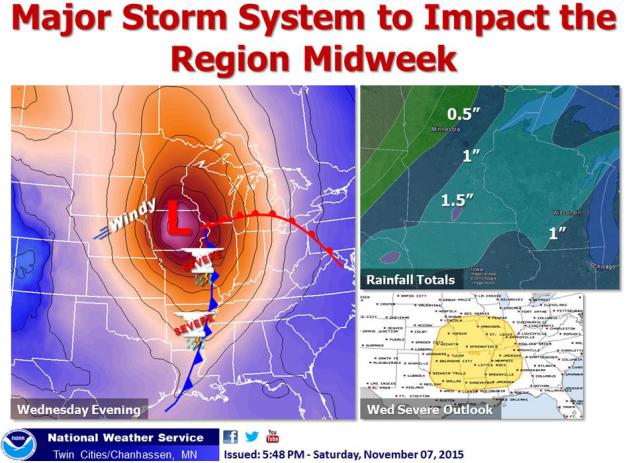

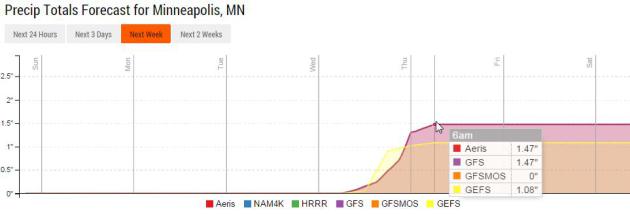
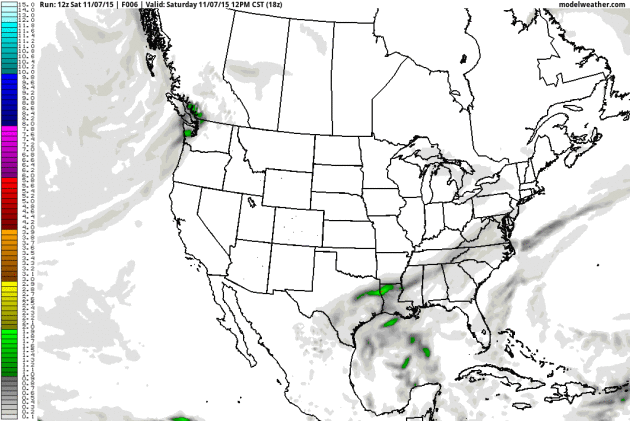
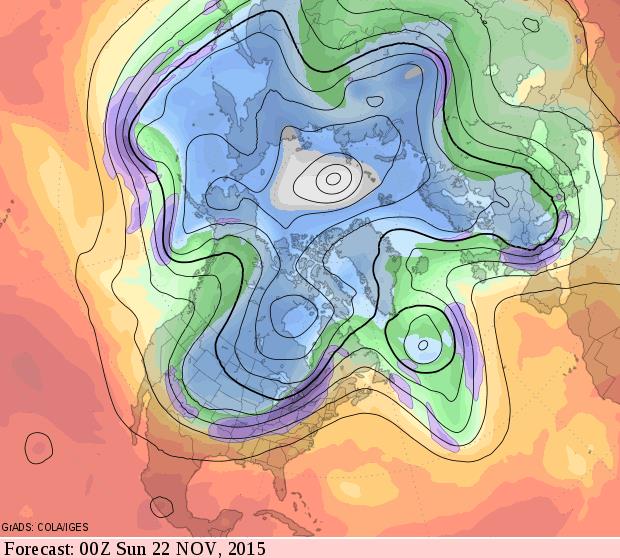
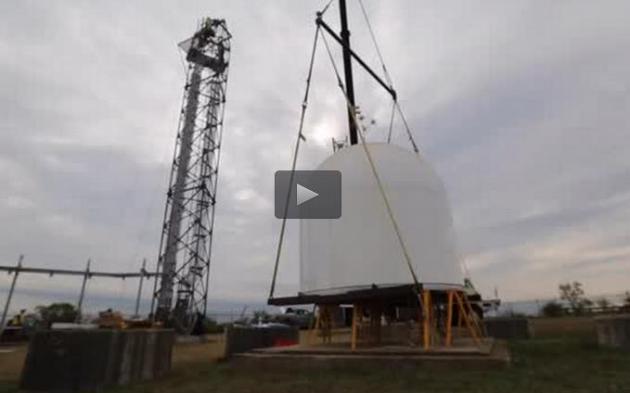
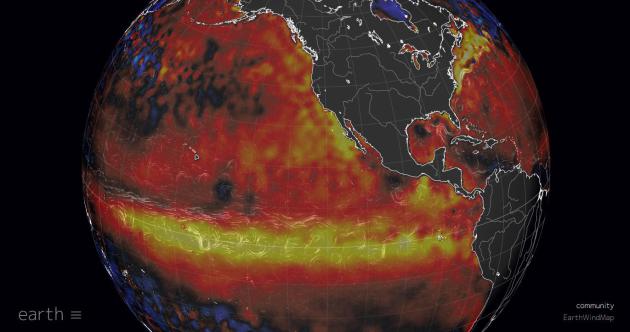
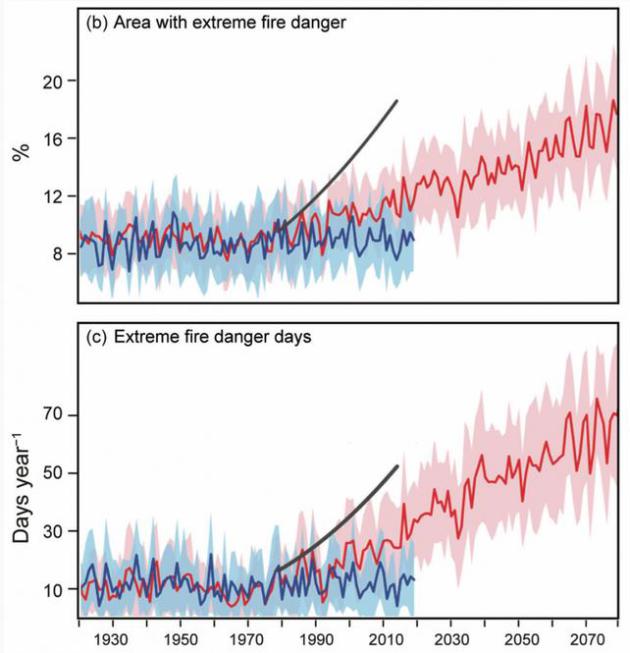
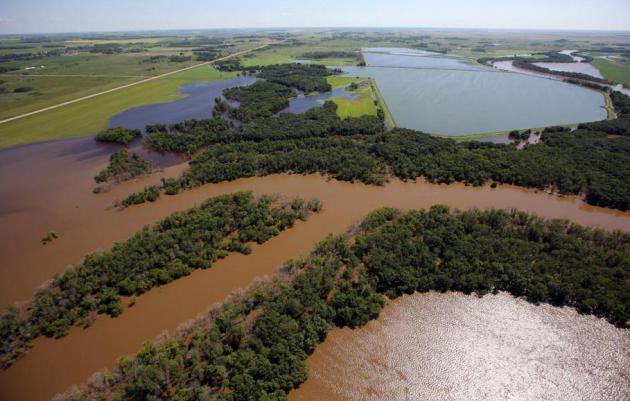
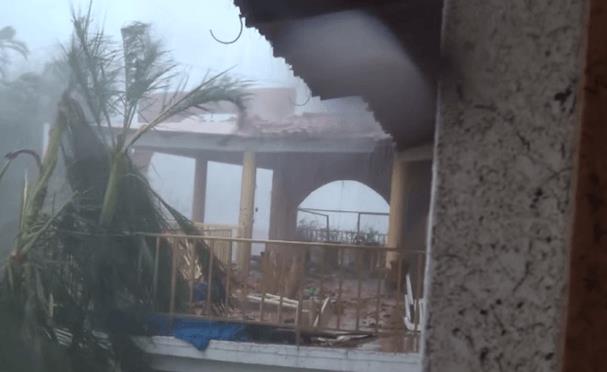
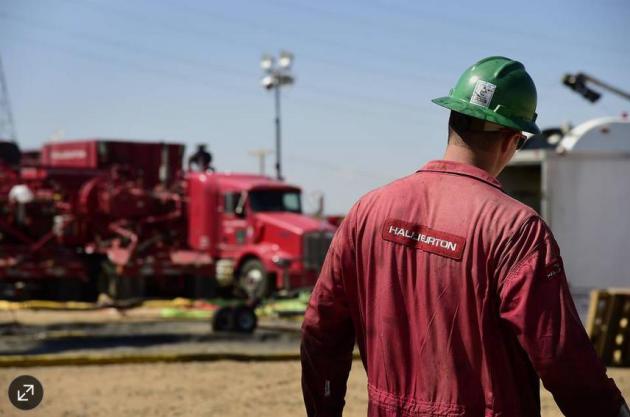



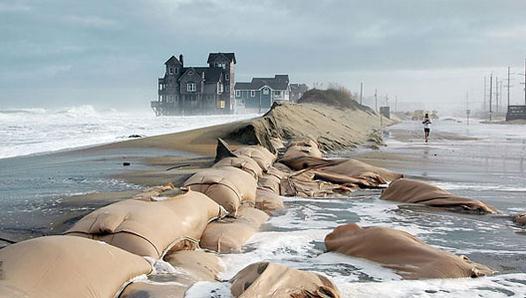
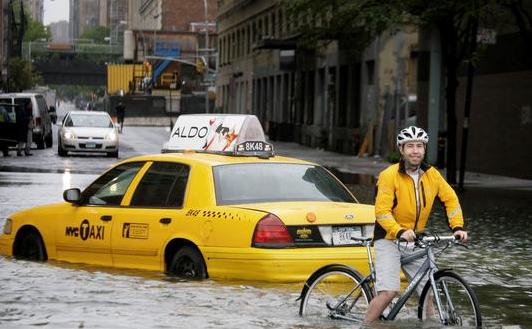
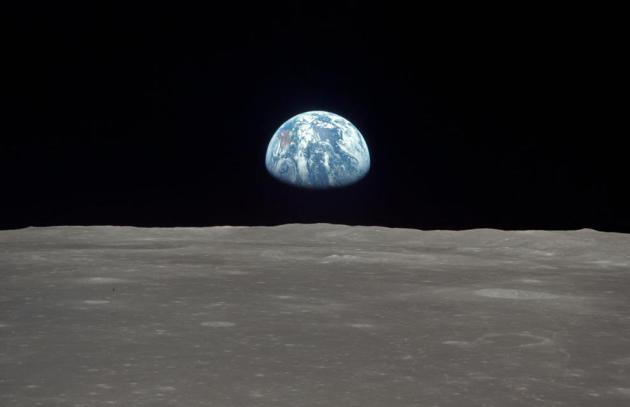
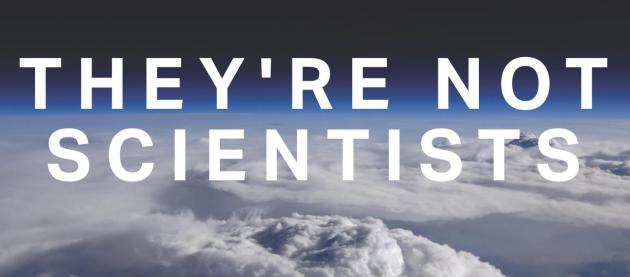
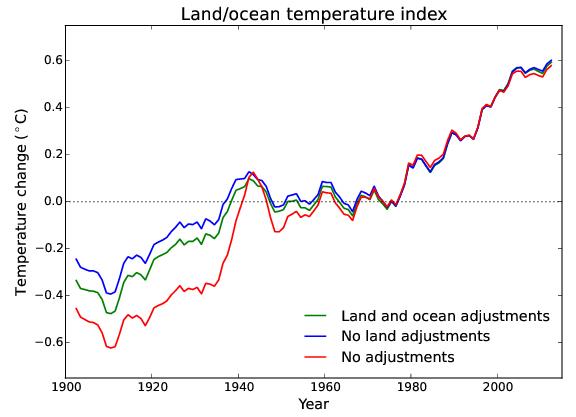
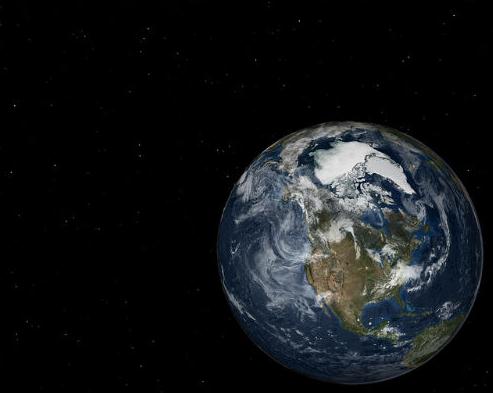
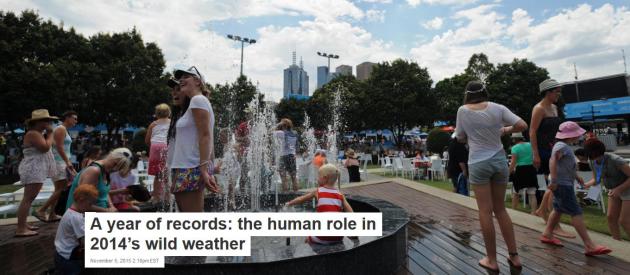

No comments:
Post a Comment